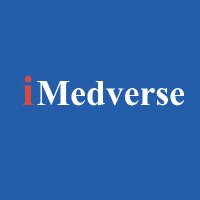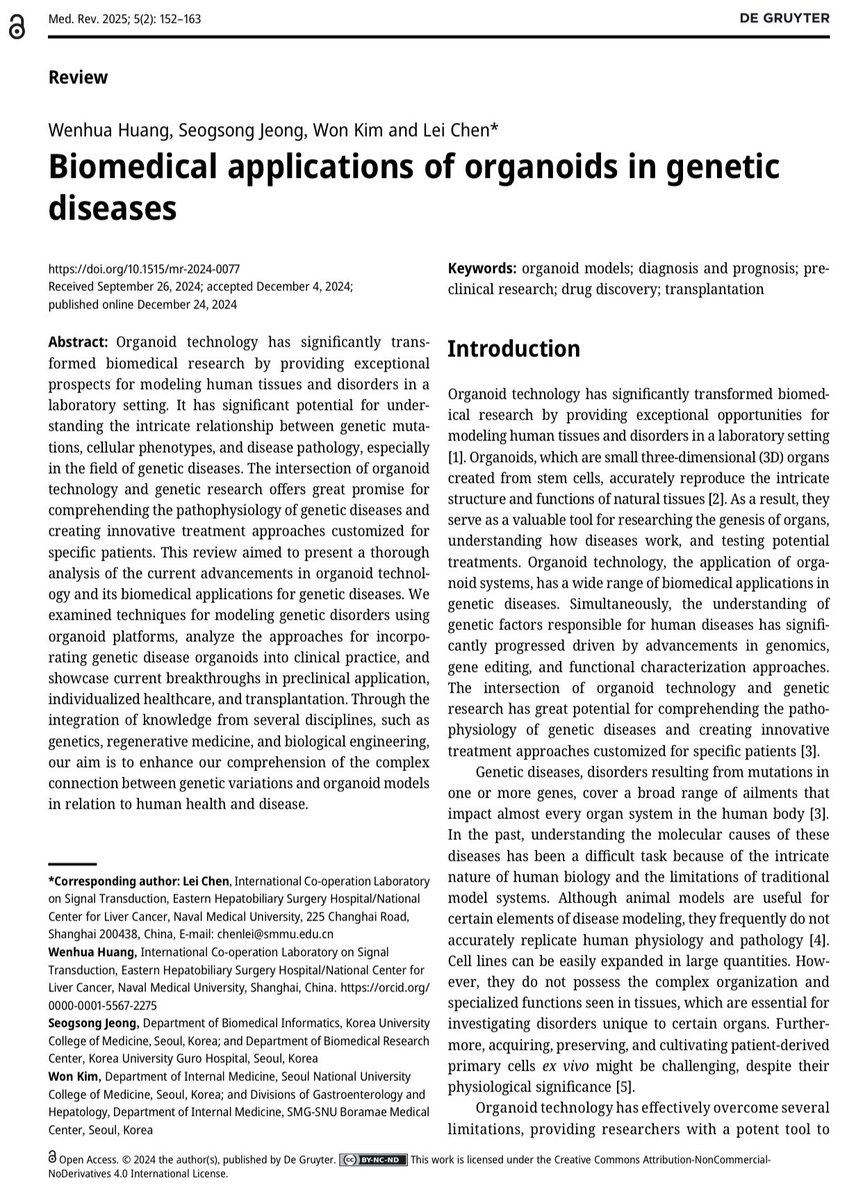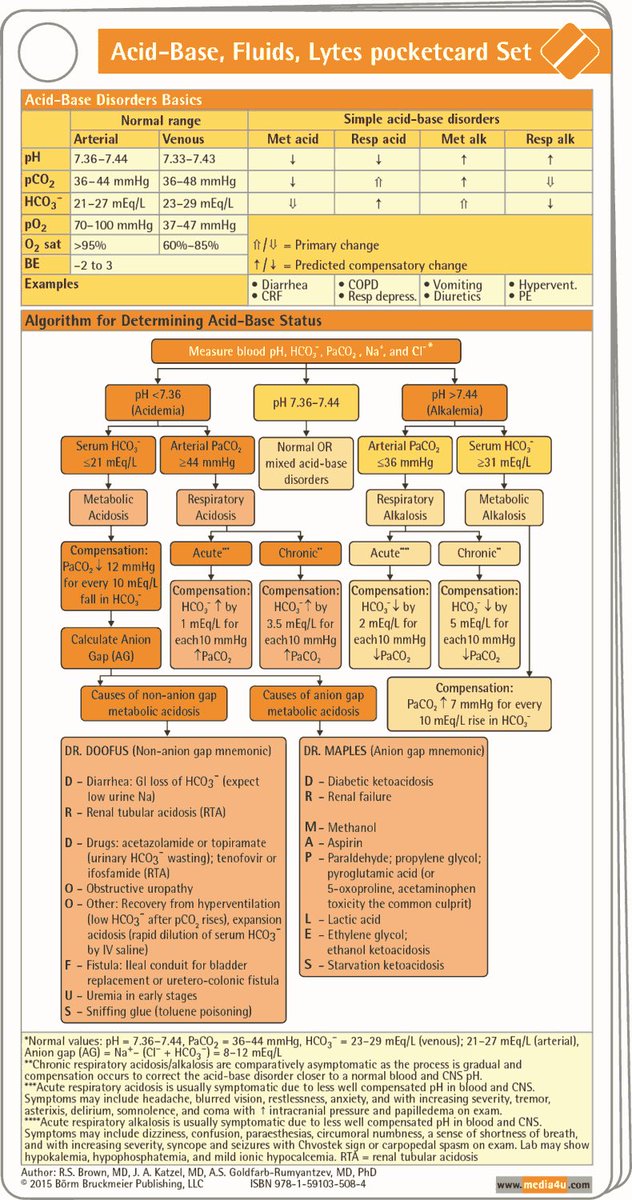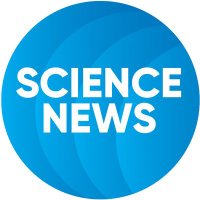
Top Biomedical Science
@imedverse
Biomedical Science that Inspires. #medicine #medtwitter #meded #Science #Research #Technology #News
ID: 1886086740
20-09-2013 10:38:31
27,27K Tweet
90,90K Followers
9,9K Following




🎯Medical Review | Medical Review Biomedical applications of organoids in genetic diseases Open Access degruyterbrill.com/document/doi/1… #TIC2025 #Meded #MedX #MedTwitter #MedRev2025 #Science #Health #Organoids #News #DrugDiscovery #PharmaTech


🎯Medical Review | Medical Review This review aimed to present a thorough analysis of the current advancements in organoid technology and its biomedical applications for genetic diseases. Open Access degruyterbrill.com/document/doi/1… #TIC2025 #Meded #MedX #MedTwitter #MedRev2025


















